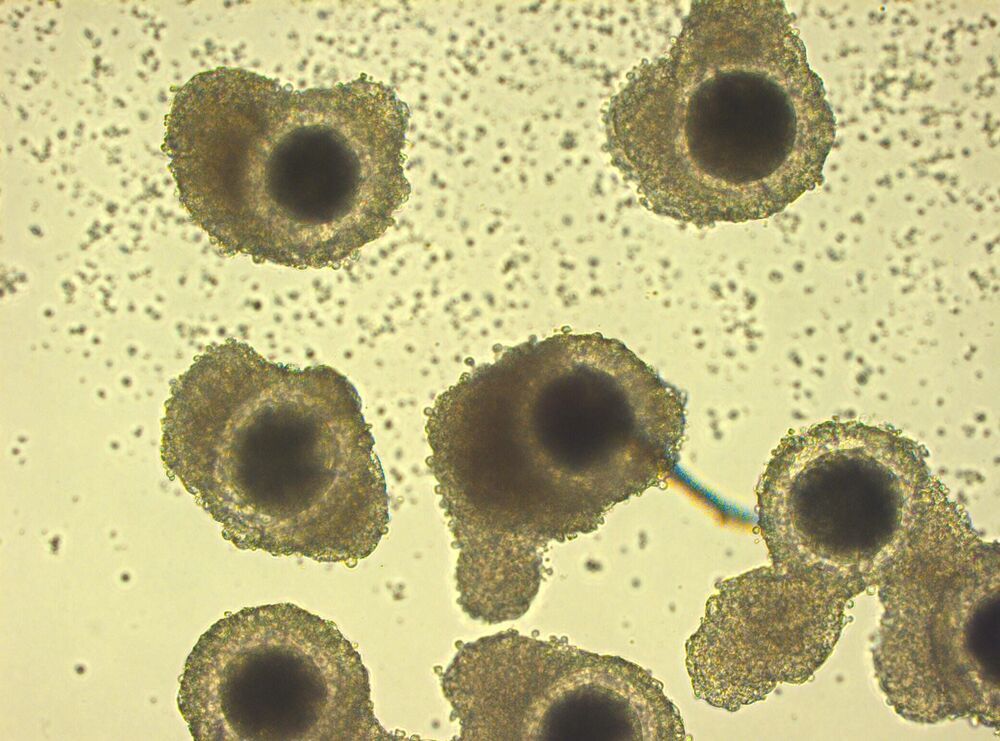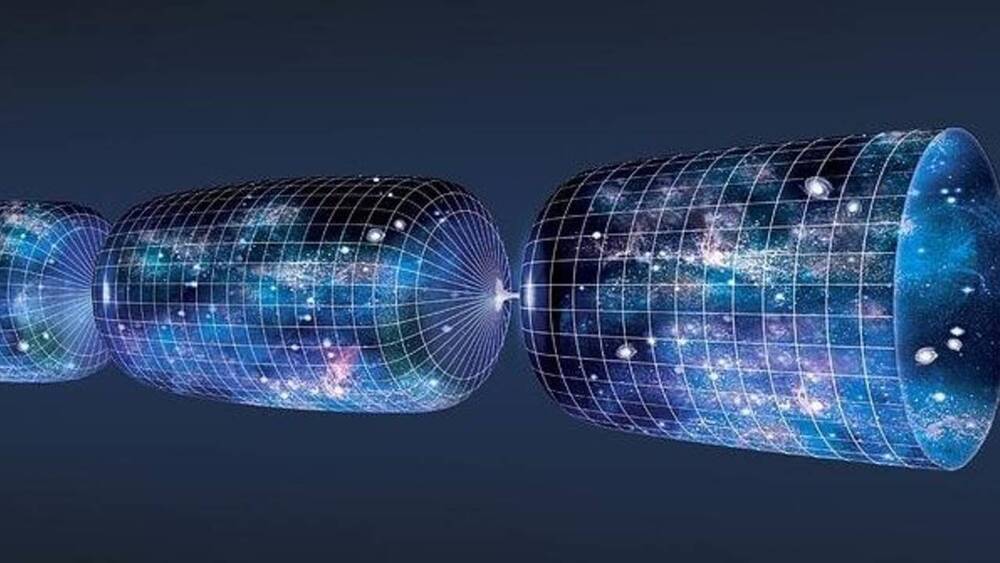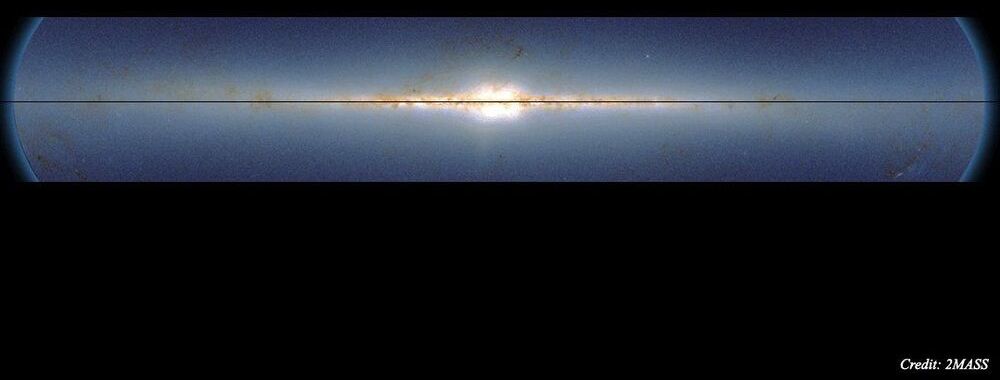Tesla recently shared some footage of its next-generation 4680 battery cells being produced. The video, which seems to be taken from the electric car maker’s pilot Roadrunner line, suggests that Tesla’s 4680 battery manufacturing system may very well be Elon Musk’s elusive “Alien Dreadnought” concept coming to life.
During the lead up to the Model 3’s initial ramp, Elon Musk envisioned a vehicle production system that was so automated, it would look extraterrestrial in nature. Dubbed as the “Alien Dreadnought,” this concept ultimately fell short of its targets, and Tesla eventually adopted a production system for the Model 3 that combined both human and automated machines. Since then, Tesla has taken steps towards increasing the automation of its vehicle production system, as evidenced by parts like the Model Y’s rigid wiring, which are optimized for installation by robots.
Tesla’s video of its 4680 battery production line suggests that the company’s level of automation has reached levels that have never been seen before. As noted by TSLA bull @truth_tesla on Twitter, the footage shared by Tesla in its recruitment video showed a battery production line that is incredibly automated. This could be seen immediately in Tesla’s main battery production line, which, unlike traditional battery manufacturing facilities, is largely absent of human workers.









